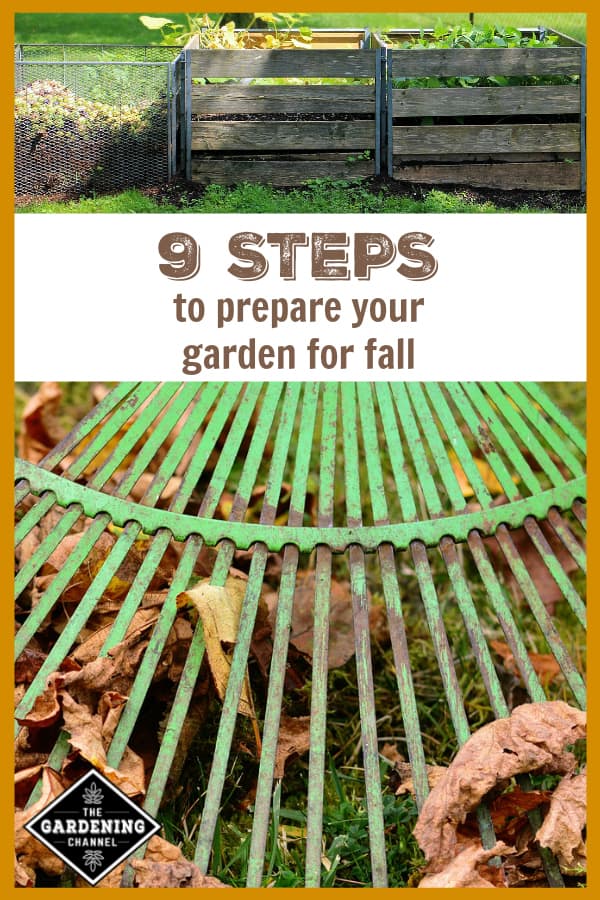

In the fall, after harvest, most gardeners are content to close up shop and consider the gardening season over with. Besides growing extra crops, which is possible in the fall (including many lettuces, cabbages, potatoes, and so forth), the fall also offers the conscientious gardener an opportunity to prepare for the next season and get a jump-start on garden maintenance.
Pick
Obviously, your garden will need to be “picked clean” so you can prepare it for next year. This means pulling all plants that are no longer productive and removing any fruits and vegetables that may have been left behind.
Clean
Thoroughly cleaning the beds of debris and leftovers has several advantages. First, it clears them for easy cover crop planting (see below). Next, it removes any vegetable matter that could be potentially carrying disease that can over-winter in the organic matter until spring. Third, it goes a long way towards aesthetics and gives you a chance to look closely at your soil after the season is done.
Fall Composting
Obviously, everything organic you pull from your soil and garden beds should be composted. (The only exception is diseased plants or weeds with seeds that could survive and come back to haunt you in the spring.) Compost is gardener’s gold and the more you have, the better off you are. Many gardeners who are not planting cover crops (and even some who are) like to till compost that is almost finished decaying into the soil so it can complete its nutrition release by spring. Another method is to add compost (without tilling) and add mulch on top.
Leave Seeds for Birds
Any seeds you’re not going to use should be thrown to the birds. If you aren’t planting cover crops, seeds on the bare soil or mulch can encourage birds to spend time there. Their leavings will enhance your garden, even if only a little. Any is better than none.
Garden Notes
Be sure to complete your gardener’s notes for the season and to fill in what you did during the fall. Your notebook is your record of what was planted where, how it did, and what you did or didn’t do that might improve it next time. It also gives you something to do to keep your green thumb active during the winter months. Here’s a really great gardening journal.
Minimize Pests
Crop rotation, cover crops (see below), and amendments (see below) can all help treat current and future pest infestations. Some pests are only abundant in the fall, such as late-appearing grasshoppers or the caterpillars of spring butterflies that fatten up before winter. If these are a problem for your area, there are many options for fall treatments.
Fall Cover Crops
Likely the most overlooked option for fall gardening, cover crops (or cool weather crops) can greatly enhance your garden’s health and vitality. Several options are available, depending on your climate zone, and crops can be tuned to do anything from providing extra organic matter in the spring to adding nitrogen to your soil.
Soil Amendments
As mentioned above in composting, soil amendments in the fall are a great way to enhance your soil’s health before spring planting comes around. Check your local garden center for available options. Many amendments are specifically meant for fall addition and are best added when no food crops are present. Lime is a good example of this.
Fall Planter Maintenance
If you have window or porch planters, now is the time to clean them out and prepare them for storage. Leaving the soil in them over the winter, exposed, is generally a bad idea and the soil in containers should be replaced (or heavily amended) annually anyway. Often the best solution is to add the soil to your winter compost heap.
Other Fall Gardening Resources:
Oklahoma State University – Fall Gardening [PDF]
Texas A&M University – Fall Gardening Guide
